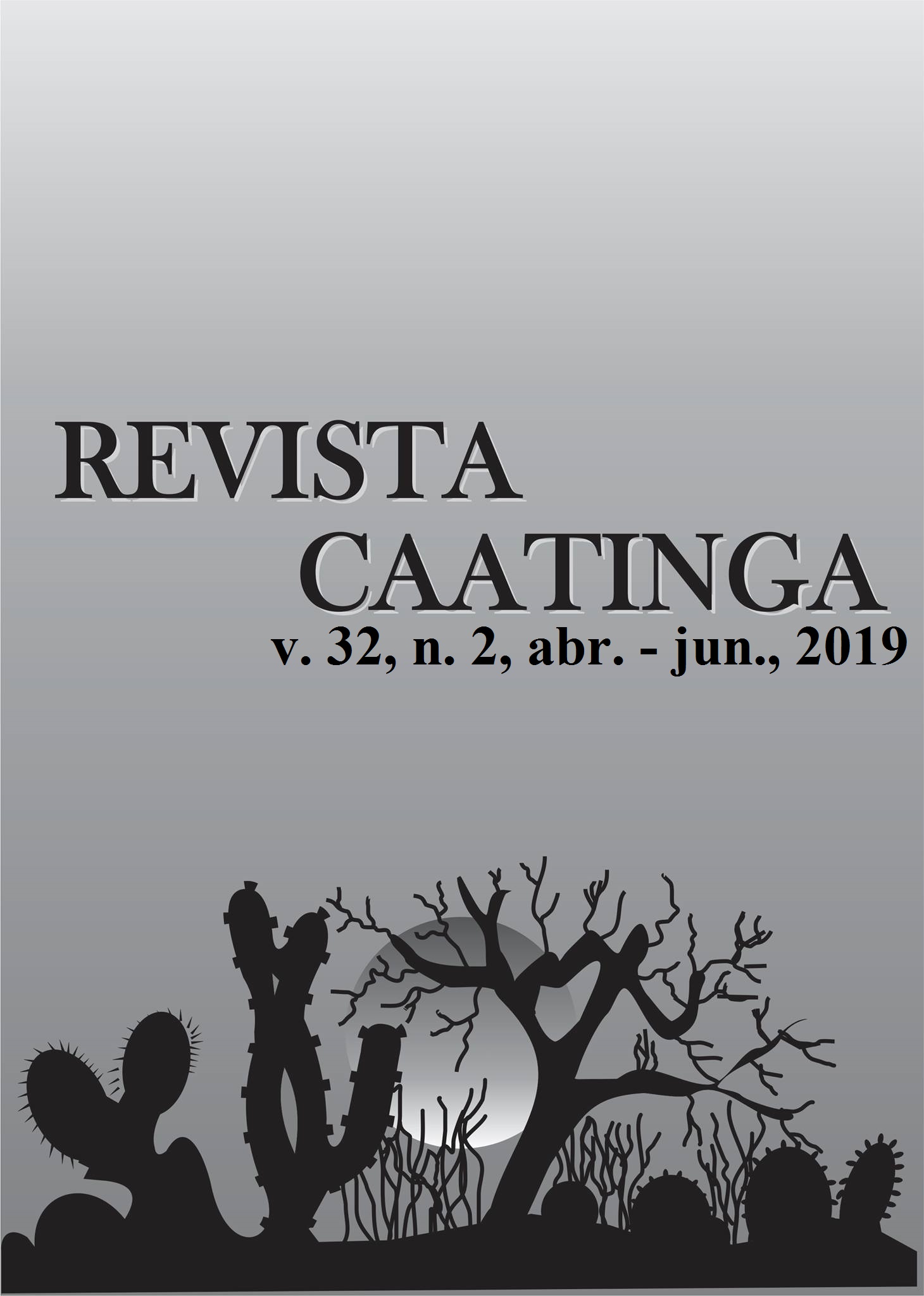INSUMOS QUÍMICO E BIOLÓGICO NO TRATAMENTO DE SEMENTES E SUA INTERFERÊNCIA NO DESENVOLVIMENTO E PRODUÇÃO DE SOJA
DOI:
https://doi.org/10.1590/1983-21252019v32n229rcPalavras-chave:
Glycine max. Crescimento de plantas. Trichoderma spp.Resumo
Na busca por estande de plantas homogêneo e resultados satisfatórios no desenvolvimento e produção de soja, pode ser realizado o tratamento de sementes combinando fungicidas químicos, bioestimuladores e outros produtos biológicos. Dessa forma, objetivou-se avaliar a interferência de insumos químico e biológico em tratamento de sementes no desenvolvimento e produção de soja. Para isso, foram conduzidos experimentos no ano agrícola 2010/2011 em três localidades do Rio Grande do Sul, utilizando-se os seguintes tratamentos de sementes: fungicida fludioxonil; Trichoderma spp.; fludioxonil + Trichoderma spp.; fludioxonil + Trichoderma spp. + Biozyme®; e testemunha (sem tratamento). Para o número total de vagens, o tratamento com Trichoderma spp. e os demais tratamentos conjugados apresentaram até 77% mais vagens do que a testemunha. Os tratamentos fungicida fludioxonil, fungicida fludioxonil + Trichoderma spp. e fungicida fludioxonil + Trichoderma spp. + Biozyme® apresentaram até 14% maior produtividade do que a testemunha. O fungicida fludioxonil foi indicado para tratamento de sementes de soja conjugado com o fungo Trichoderma spp. e o bioestimulador Biozyme®, por promoverem o desenvolvimento de plantas e o aumento da produtividade de soja.
Downloads
Downloads
Publicado
Edição
Seção
Licença
Os Autores que publicam na Revista Caatinga concordam com os seguintes termos:
a) Os Autores mantêm os direitos autorais e concedem à revista o direito de primeira publicação, com o trabalho simultaneamente licenciado sob a Licença Creative Commons do tipo atribuição CC-BY, para todo o conteúdo do periódico, exceto onde estiver identificado, que permite o compartilhamento do trabalho com reconhecimento da autoria e publicação inicial nesta revista, sem fins comerciais.
b) Os Autores têm autorização para distribuição não-exclusiva da versão do trabalho publicada nesta revista (ex.: publicar em repositório institucional ou como capítulo de livro), com reconhecimento de autoria e publicação inicial nesta revista.
c) Os Autores têm permissão e são estimulados a publicar e distribuir seu trabalho online (ex.: em repositórios institucionais ou na sua página pessoal) a qualquer ponto antes ou durante o processo editorial, já que isso pode gerar alterações produtivas, bem como aumentar o impacto e a citação do trabalho publicado (Veja O Efeito do Acesso Livre).







